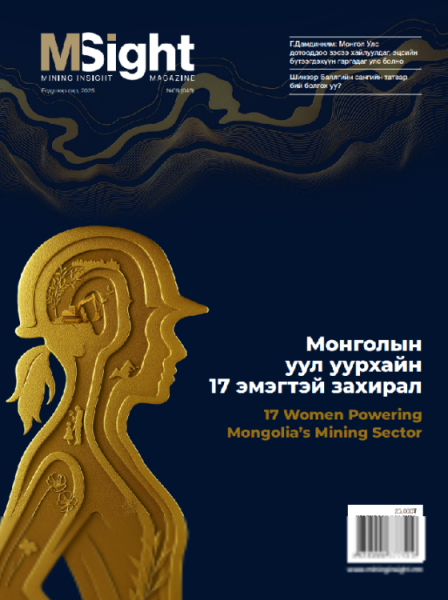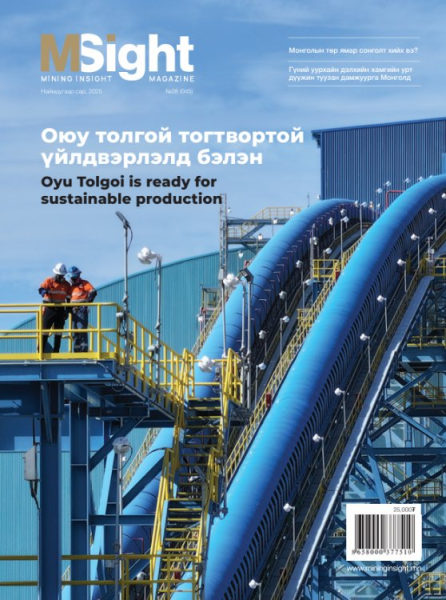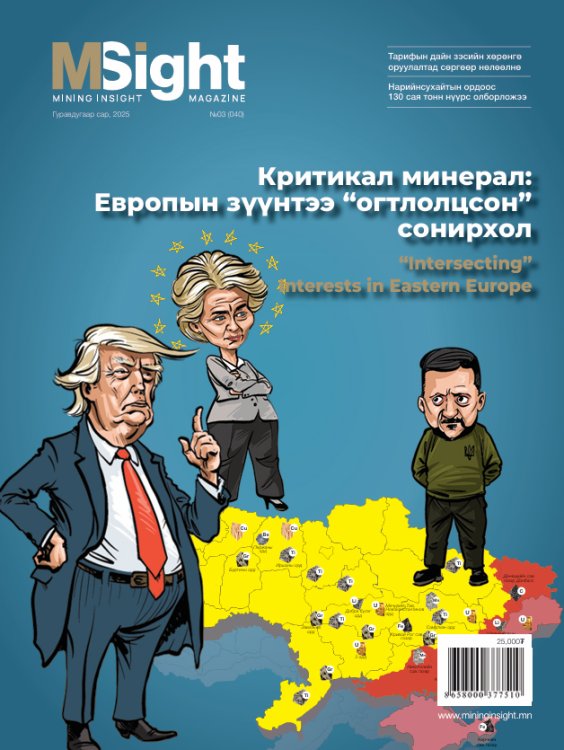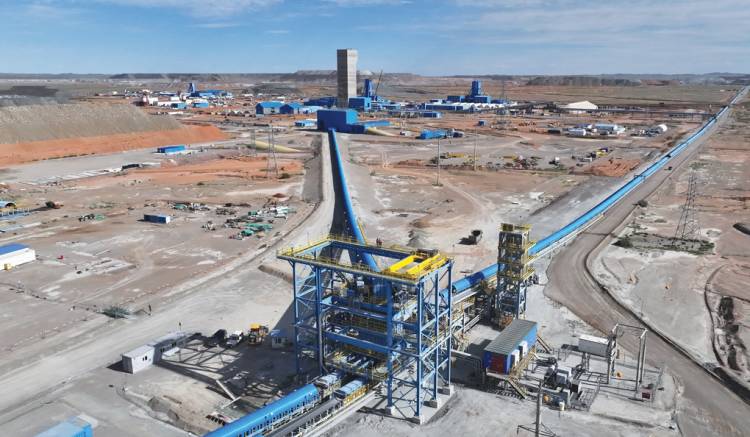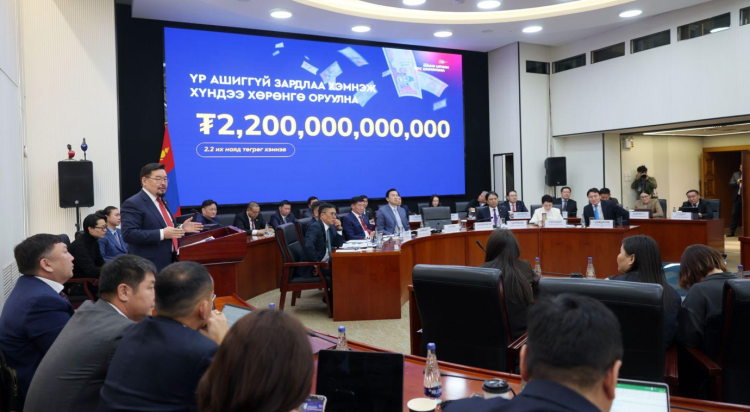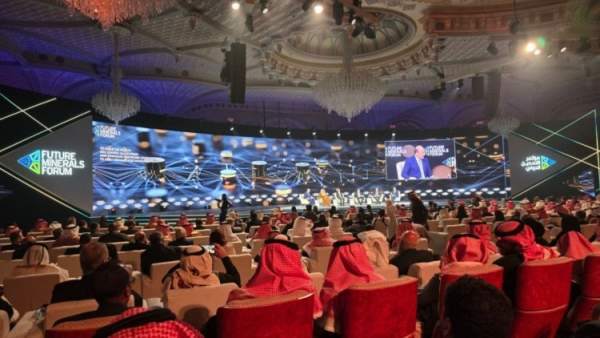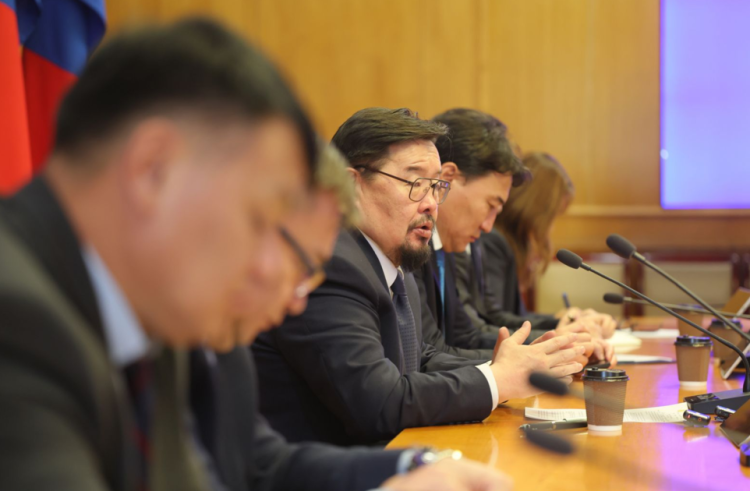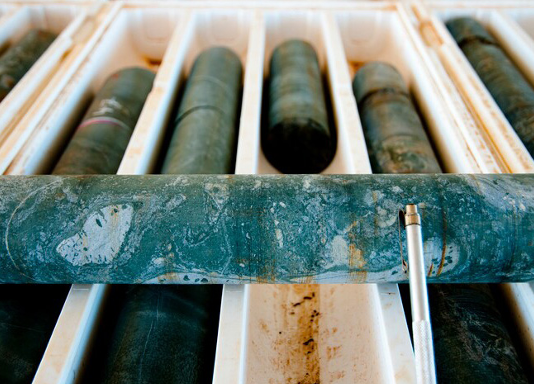
After 17 years of discussion and delays, the cross border construction of the Gashuunsukhait-Gantsmod railway project officially began in May. This is not an ordinary infrastructure work; it is the result of political and economic agreements between two neighboring countries. Most importantly, this railway will establish the foundational conditions for Mongolia to stabilize its coal exports. Therefore, Mining Insight highlighted the commencement of this historically significant cross-border railway construction on its front page. However, behind the grand and noisy railway opening, several crucial contracts were quietly finalized.
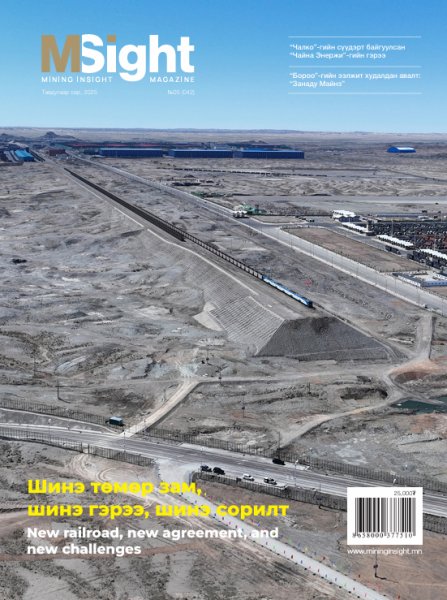 Among these, Mining Insight emphasizes two agreements that will deeply influence the future of Mongolia’s coal sector: USD 30 billion long term coal sales and purchase agreement between Erdenes Tavan Tolgoi (ETT) JSC and China’s state-owned China Energy Company, and the cooperation agreement aimed at increasing the mine’s capacity. Although these contracts were signed discreetly, their importance is extraordinary. It is noteworthy that such a significant mining agreement involving a long term and high monetary value was largely overlooked amid political and mining circles throughout the year. Since the “Chalco” contract, the government had placed particular emphasis on public relations for major mining deals. Thus, the understated and quiet manner in which this contract was concluded is somewhat surprising. This raises the question of whether this was a routine matter or a deliberate “policy of silence” to avoid public scrutiny.
Among these, Mining Insight emphasizes two agreements that will deeply influence the future of Mongolia’s coal sector: USD 30 billion long term coal sales and purchase agreement between Erdenes Tavan Tolgoi (ETT) JSC and China’s state-owned China Energy Company, and the cooperation agreement aimed at increasing the mine’s capacity. Although these contracts were signed discreetly, their importance is extraordinary. It is noteworthy that such a significant mining agreement involving a long term and high monetary value was largely overlooked amid political and mining circles throughout the year. Since the “Chalco” contract, the government had placed particular emphasis on public relations for major mining deals. Thus, the understated and quiet manner in which this contract was concluded is somewhat surprising. This raises the question of whether this was a routine matter or a deliberate “policy of silence” to avoid public scrutiny.
The most critical question behind this quiet agreement concerns its actual content: Will this contract, which determines the future of Mongolia’s largest coal company, generate tangible profits, or does it risk repeating the mistakes of the previous “Chalco” agreement? Currently, this question remains unanswered. While the USD 30 billion contract with China Energy represents a strategic decision to stabilize Mongolia’s export revenue for a significant period and increase the efficiency of railway operations, the details of the agreement have not been sufficiently explained. The contract pricing was changed from the initial discussions to a formula based on “initial price + seasonal index,” which is similar to the conditions of the infamous “Chalco” agreement that brought no positive results to ETT for several years. ETT has already experienced the consequences of this pricing model. Before signing, there were widespread concerns that Mongolia might again supply coal at prices 30–50% lower than global market prices, as was the case with Chalco. To date, the contract’s details remain undisclosed, and authorized officials have not provided information. This situation raises suspicions that the contract may still be under the shadow of the Chalco agreement, potentially resulting in another unprofitable arrangement. From the information available, certain conditions such as coal classification, regulation of the contracted operator, and indexing transportation fees to coal prices appear to be relatively balanced compared to the Chalco contract.
However, the information is insufficient to fully assess whether this agreement will benefit ETT and Mongolia in the long term. Additionally, given that the initial base price was reported as USD 59 per tonne, ETT might be losing opportunities to sell coal at higher prices via exchanges or under more favorable border conditions. Moreover, this “new system” of exporting coal at the mine gate price, which is the lowest price, could restrict the mechanisms of Mongolia’s still-developing mining exchange. Since the contract’s contents are not fully disclosed, the following analysis is based solely on available information, leading to speculation and assumptions. This underscores the necessity for transparency and openness regarding the new contract’s terms. This contract is not merely a coal trade for the sake of building a railway; it is a significant agreement that directly impacts Mongolia’s largest coal company, ETT, and consequently the future of Mongolia’s coal sector, casting both light and shadow. With this contract with China Energy, a major new challenge begins for Tavan Tolgoi. We present to our readers S. Bold Erdene’s article, “What kind of agreement was made with China Energy?,” and the investigative report by E. Odjargal from the Point Zero of Gashuunsukhait-Gantsmod, urging attention to not only the railway’s inauguration but also the impact and realities behind the contracts concluded.




